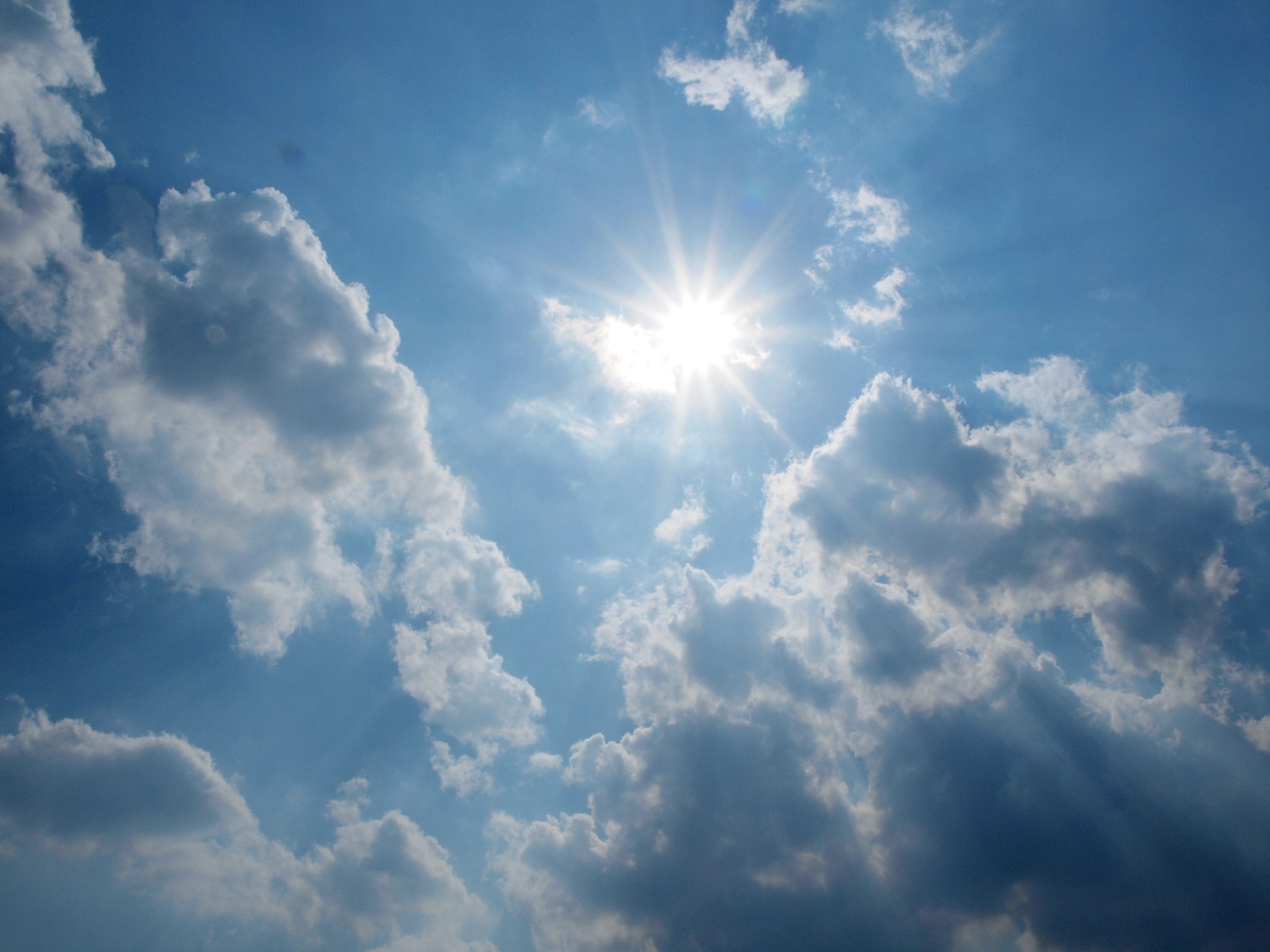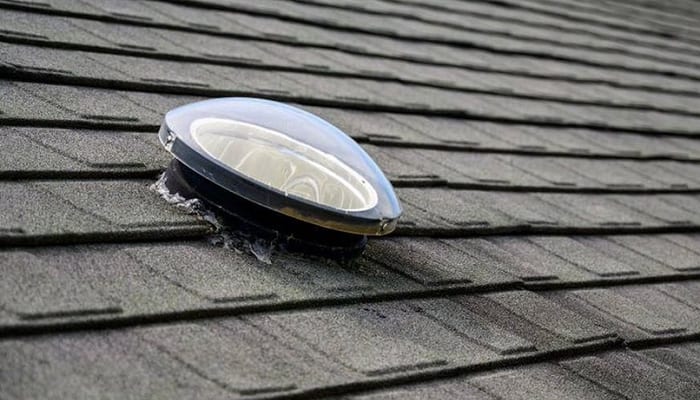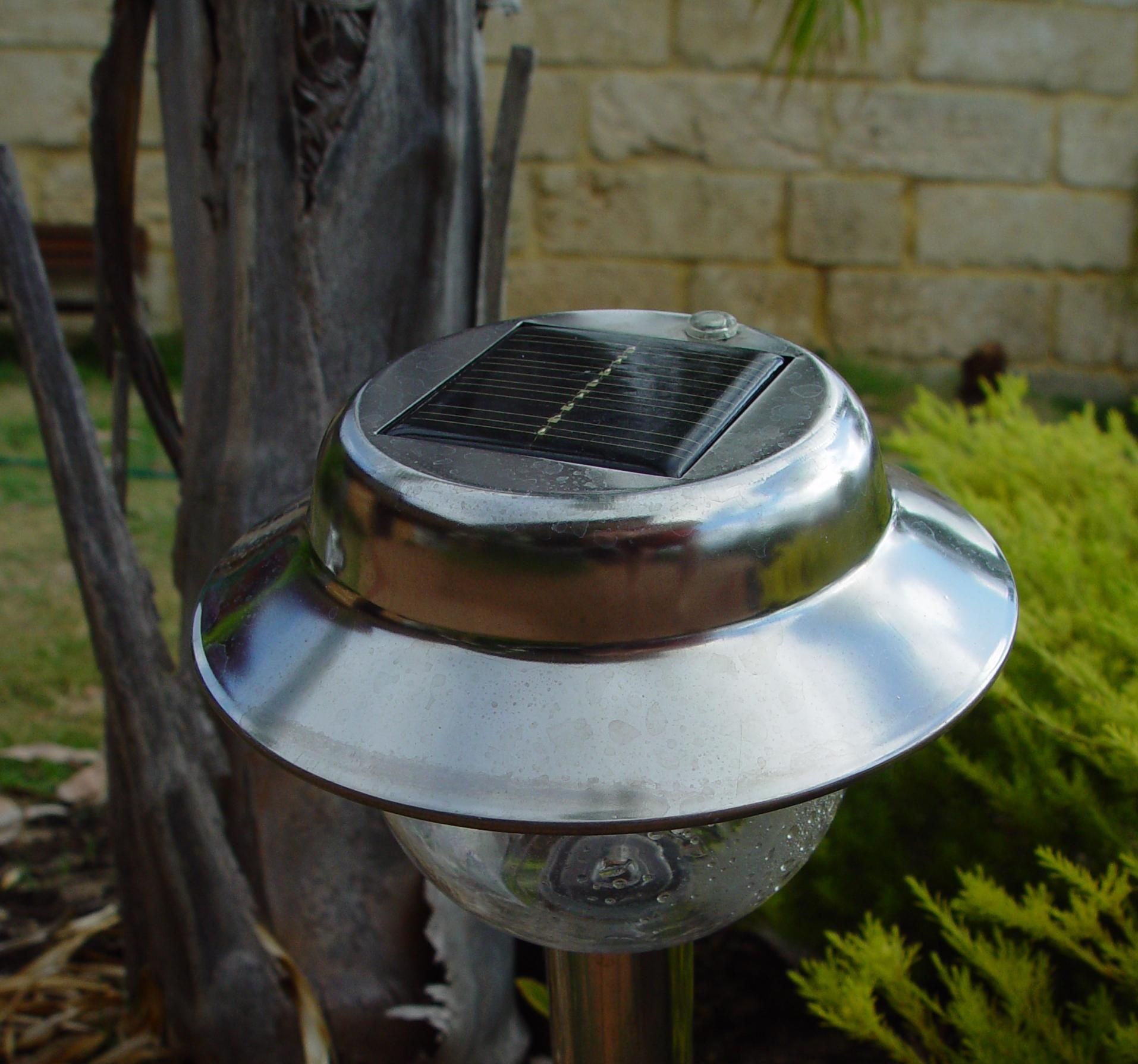Using a sunscore can help you take that final leap going solar. It’s a reliable calculation to determine your chances of success with solar power. In this article, I explain what a sunscore is, how it’s calculated and walk you through an example to help you get yours.

What Is A Sunscore?
A sunscore is a number that tells you how suited your house is for solar power. It’s mainly found on real estate listings and title deed documents. The Sunshot Grant, by the US Department of Energy, came up with the idea. Using a sunscore can give you the peace of mind you need to switch to solar and go off the grid. There are four categories that each have their own scores. The four numbers added together make up the final number out of 100.
Building: The physical structure accounts for the first score, which counts out of 80. This includes the dimensions of your roof or where the solar panels could be mounted. The roof should be facing a specific direction. You could also be looking at a higher score if your entire house gets direct sunlight.
Regional Climate: The second score consists of 8 points. It measures the amount of sunlight that reaches your house. Homes with more sunlight have a higher chance of generating enough solar power. Your sunscore will be higher if there is more direct sunlight.
Electricity Rates: The price of electricity and the usage in your area make up the third score. The maximum score in this category is 8 points. The more money you can save by going solar, the higher your sunscore. If your area rates are relatively low, your sunscore will not be as high.
Solar Cost: Going off the grid can be a costly process. Some areas have manufacturers and suppliers that have lower prices. The lower the fees in your area, the higher your sunscore. The cost of solar systems makes up the smallest part of the entire sunscore because it consists of only 2 points.
How To Use A Sunscore To Go Solar
A sunscore gives you an indication of how well solar power will work at your home. You can use this information when buying a new home or when you’re considering going off the grid.
When your sunscore is high, your experience with solar power will likely go easy and without problems. It usually means that your building doesn’t have minor issues that could interfere with solar energy harvesting.
A lower sunscore implies that your home isn’t suited for solar power. This could be caused by several factors, from too much shade to low electricity rates in your area.
However, don’t let a low sunscore stop you from going solar because you may still have a chance. Before you diss the idea altogether, have a professional come out and assess the area. They should be able to give you a clear answer and some more options.
Are Sunscores Reliable?
Solar professionals are usually responsible for calculating sunscores. They have a lot of experience in the field, and they know which formulas to use. The sunscore they end up giving you is pretty reliable. However, you don’t always have to refrain from going off the grid if you have a low sunscore. You can still use solar power if your sunscore is lower than 70.
Professionals don’t always consider the finer details, and some problems can easily be overcome. Most sunscores are calculated with the physical roof in mind, but you can mount your solar panels elsewhere. Too much shading around your house can be fixed by trimming a few branches.
Another factor that may be lowering your sunscore could be the cost of solar panels in your area. Even if the prices are high where you live, you could still order the panels online or make the drive to a cheaper shop. The same goes for the score you get for electricity rates. The electricity may not be expensive in your area, but you could be using more than the average person. In this case, it would save you a lot of money if you switch to solar.
How To Calculate Your Sunscore
Sunscores are more accurate when professionals calculate them. If you’d like to, you can still calculate a rough amount on your own. Use each category to give yourself a realistic score:
Building: Give your house a score out of 80 based on the direction your roof is facing. The surface area that you have for mounting solar panels is also important. For example, facing the right way but not enough space could give you 60 out of 80.
Regional Climate: This category is essential but doesn’t count much towards your final sunscore. Test the amount of direct sunlight your house gets during the day. If you have direct sunlight for most of the day, you could score 7 out of 8.
Electricity Rates: The price of electricity differs in most areas. Do some research to establish whether you live in one of the areas with a lower cost. One dollar per unit compared to 2 dollars in the next town could give you 7 out of 8 in this category.
Solar Cost: Don’t opt for the first solar panel you see. There are affordable options available. If solar panels are relatively expensive where you live, score yourself 1 out of 2 since you can order cheaper ones.
Final Sunscore: Add all of the scores together. This is your sunscore out of 100.
From this example – 60+7+7+1 would add up to 75 out of 100. Any score above 70 is considered a good sunscore.

Adding It Up
While a sunscore is not the only indication to go on, just like mono-crystalline solar panels are not the only panels out there, it helps determine whether solar power would work for you. You can use it as a starting point and expand your assessment and decisions from there. I hope this article was helpful and a good read. If you have more questions about going solar, ask them in the comments!



